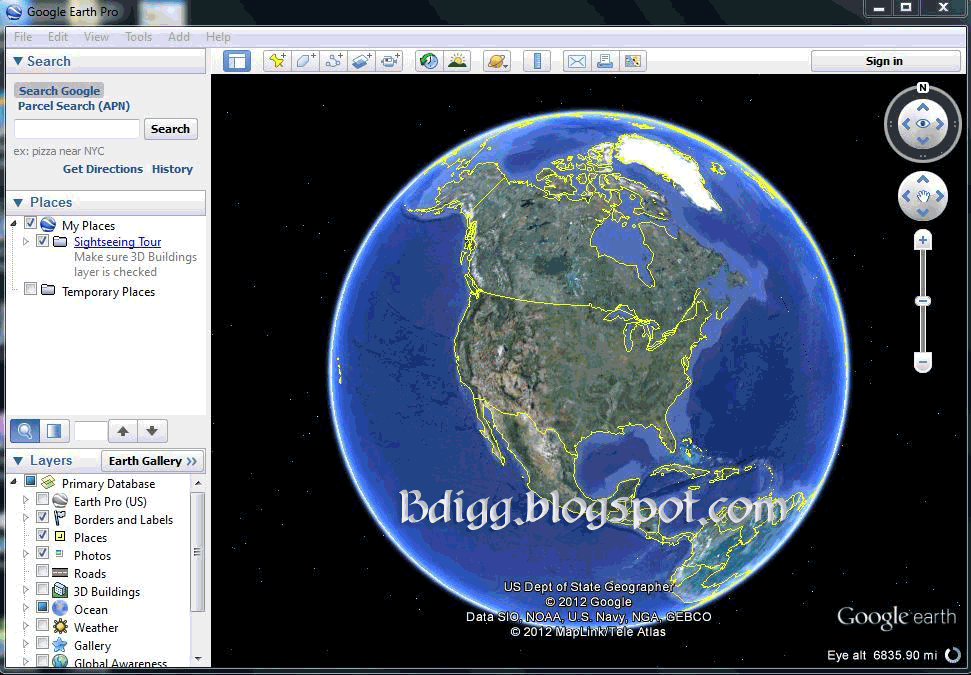
When the simulation results were evaluated based on the installation guideline of the agrophotovoltaic system, it was confirmed that the operational potential of forest-photovoltaic was very high in almost all items of the guideline. This study was conducted by simulating solar tree installation using Google Earth satellite imagery in a mountainous area where an agrophotovoltaic system was already installed.

The forest-photovoltaic concept is to maintain carbon absorption activities in the lower part while acquiring solar energy by installing a photovoltaic structure on the upper part of forest land.

The aim of this study was to explore the operational potential of forest-photovoltaic by simulating solar tree installation. Although the vertical accuracy of SRTM and AW3D are superior, Google Earth still presents clear advantages in terms of its ease-of-use and contextual awareness. In terms of the vertical accuracy, GE elevation data had the highest RMSE of 6.213m followed by AW3D with an RMSE of 4.388m and SRTM with an RMSE of 3.682m. Results also portray that the GE images have a tendency to be skewed towards the western and northwestern directions, indicative of systematic error. This shows a continuous enhancement in the accuracy and reliability of satellite imagery data sources which form the source of Google Earth data. The most recent GE imagery (year 2018) was the most accurate while year 2000 was the least accurate.

The GE elevations were also compared to elevation data from two readily available 30-metre digital elevation models (DEMs)-the Shuttle Radar Topography Mission (SRTM) v3.0 and the Advanced Land Observing Satellite World 3D (AW3D) DEM v2.1. The horizontal accuracies of the images were evaluated by comparison with a very high resolution (VHR) digital orthophoto while the vertical accuracy was assessed by comparison with a network of 558 ground control points. This study therefore evaluates the horizontal accuracy of historical GE imagery at four epochs between year 20, and the vertical accuracy of its elevation data within Lagos State in Nigeria, West Africa. Given its popularity and usefulness, most users do not pay close attention to the positional accuracy of the imagery, and there is limited information on the subject.

Google Earth (GE) is the most popular virtual globe in use today.


 0 kommentar(er)
0 kommentar(er)
